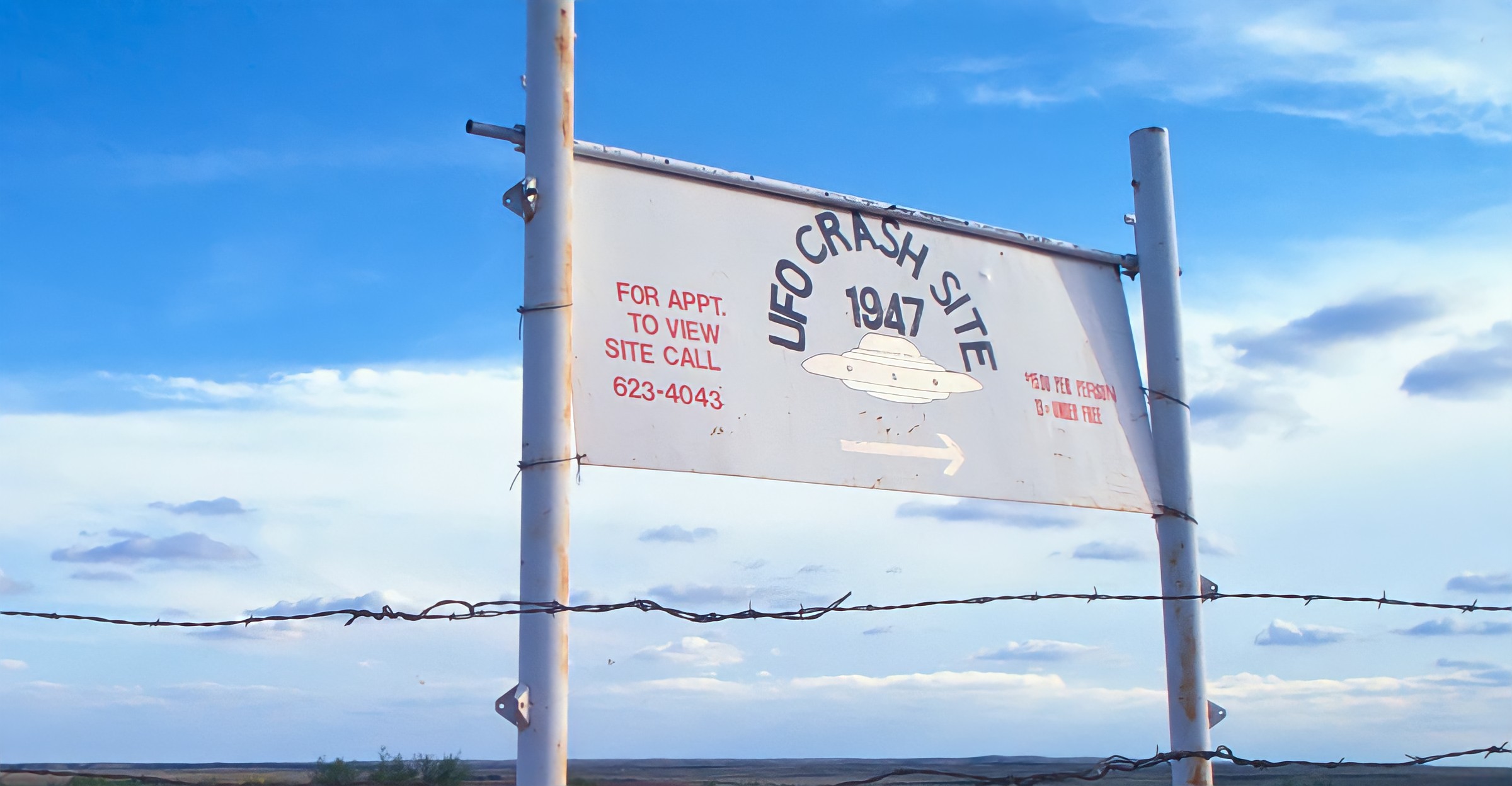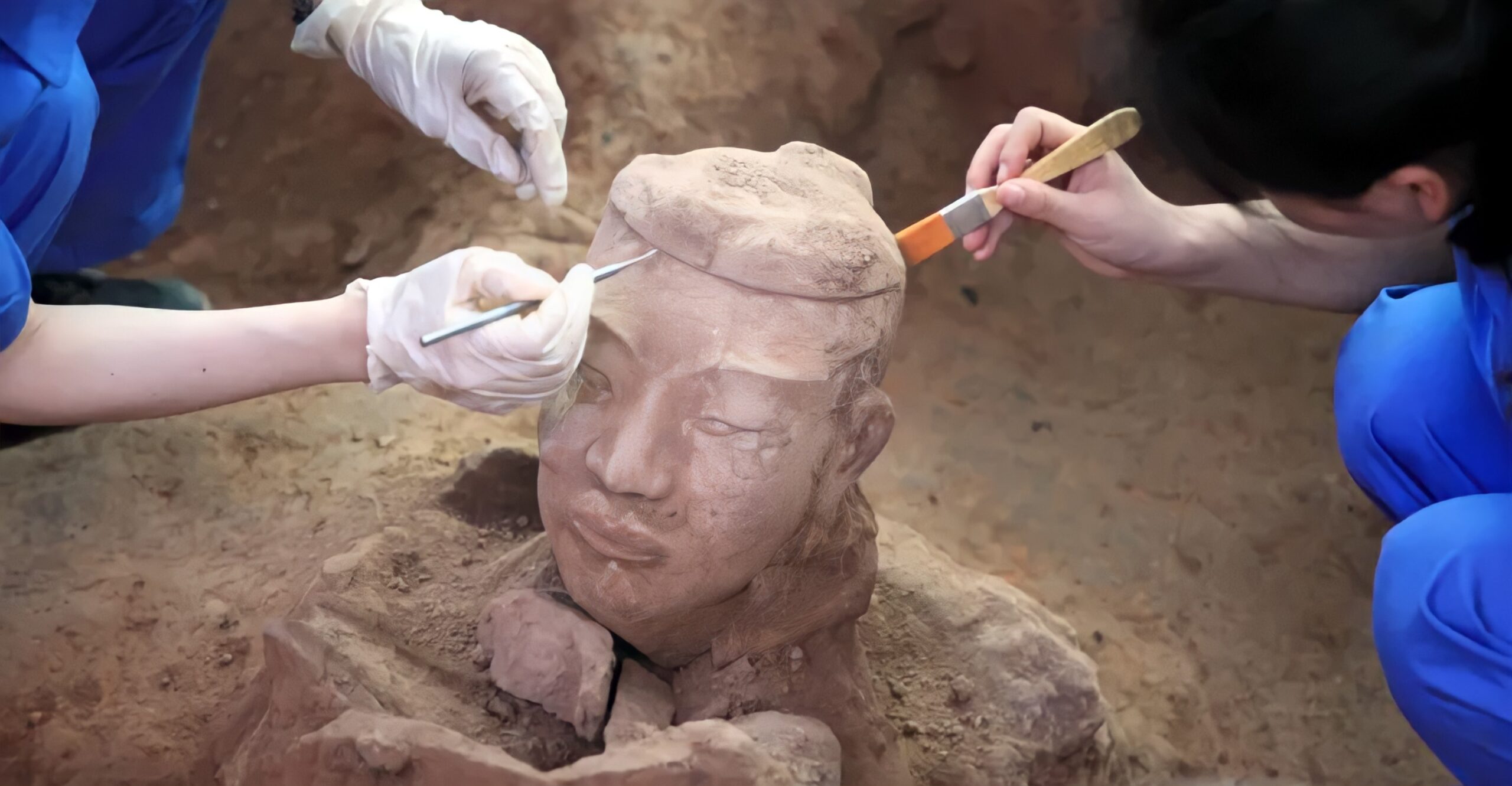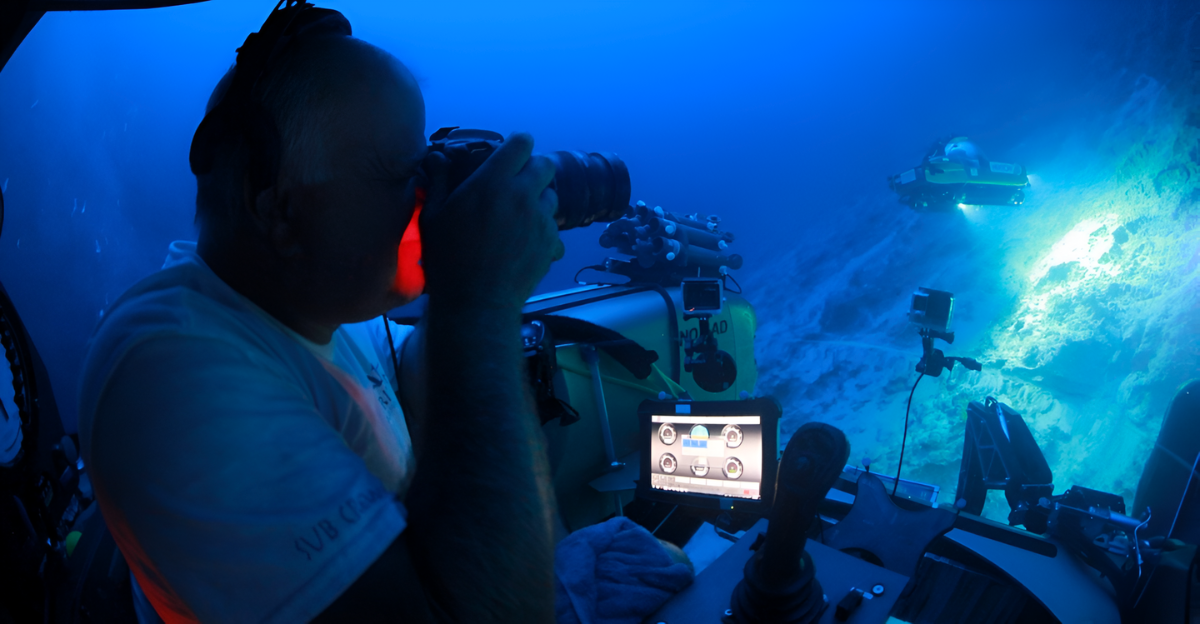
One hundred forty-seven years ago, the James R. Bentley was on the waters of Lake Huron carrying a cargo load that cannot be found anymore. Stored on the vessel were 36,000 bushels of rye, which is now extinct in American agriculture.
The schooner sank below the lake and sat at the bottom for over 100 years until it was rediscovered in 1984. Forty years after finding it, a team finally braved the depths to bring back samples of these extinct seeds, unlocking a flavor lost to time.
A Race Against Time

The expedition to contact the Bentley after nearly 150 years at the bottom of the lake had its fair share of challenges. The researchers on the mission knew that once the seeds were taken from the sunken vessel and reached daylight, they would need to be kept cold to prevent them from wasting away any further.
This meant that the mission was a race against time as the seeds were taken from Lake Huron and quickly put on ice before being sent to Michigan State University for further study.
The Research Effort

After the critical mission to get the seeds to safety was completed, scientific study could start at MSU. The associate professor, Eric Olden, led the charge and tried to see if the seeds were in good enough condition to germinate like their brethren centuries ago.
The icy temperatures in which the seeds were kept under Lake Huron meant that from the outside, they held integrity. However, after so many years of exposure to water, their internal structure was damaged.
Not All Lost
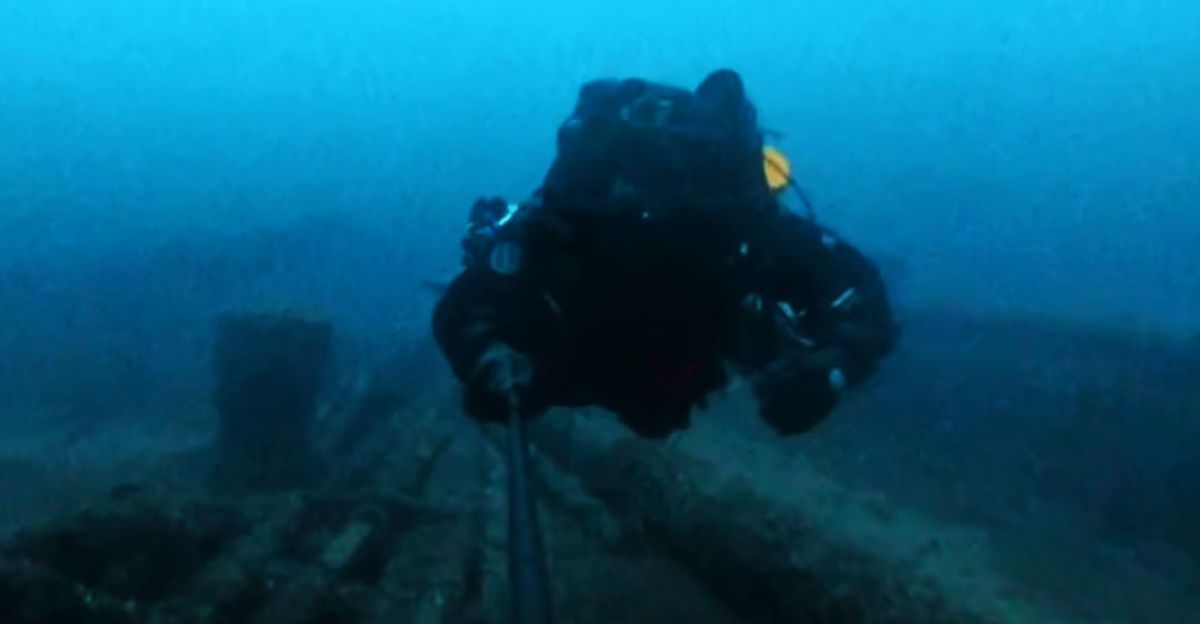
While many would see the failure to sprout as a loss, the blueprint for the seeds could still be extracted. This means that scientists now have the valuable DNA of the extinct “Bentley rye.”
Olson and his team successfully sequenced the seeds’ genomes. This allowed them to find what genetic markers make the rye unique compared to its modern counterpart. With this difference known, existing rye could be altered to closely match the extinct variant.
An Important Rye
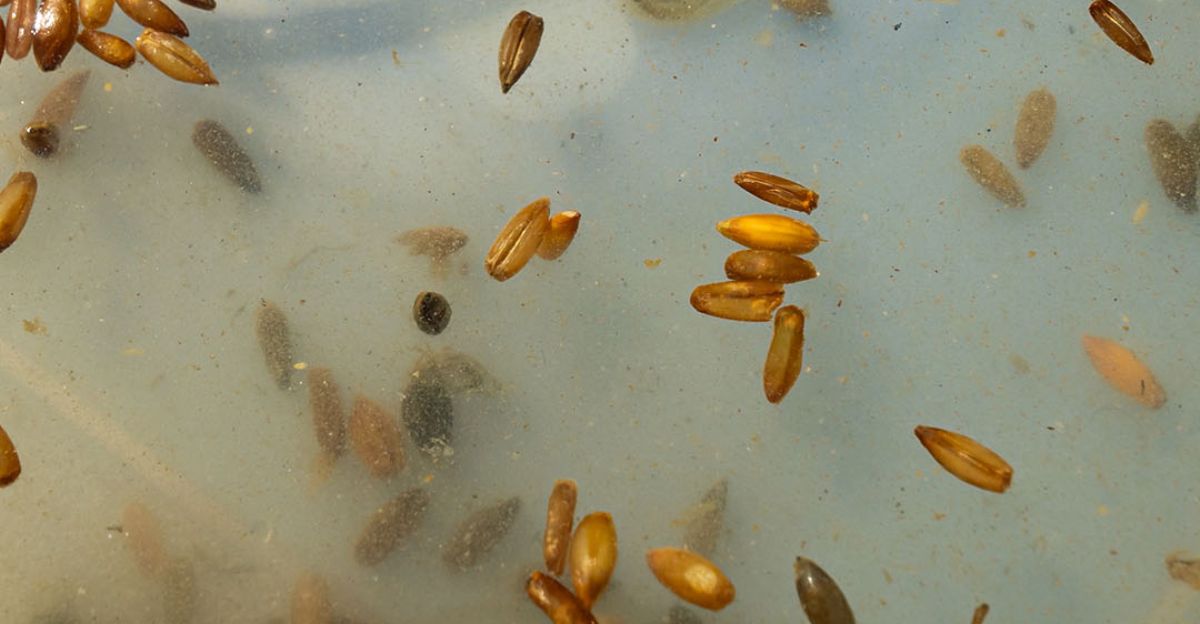
The Bentley rye has many rumors associated with it by whiskey makers and connoisseurs alike. This is because the rye was known to create unique flavors when made into whiskey, but has been out of the hands of enthusiasts for many years.
If the rye can be recreated using its genomes, then the forgotten rye whiskey could be made again.
A Forgotten Flavor
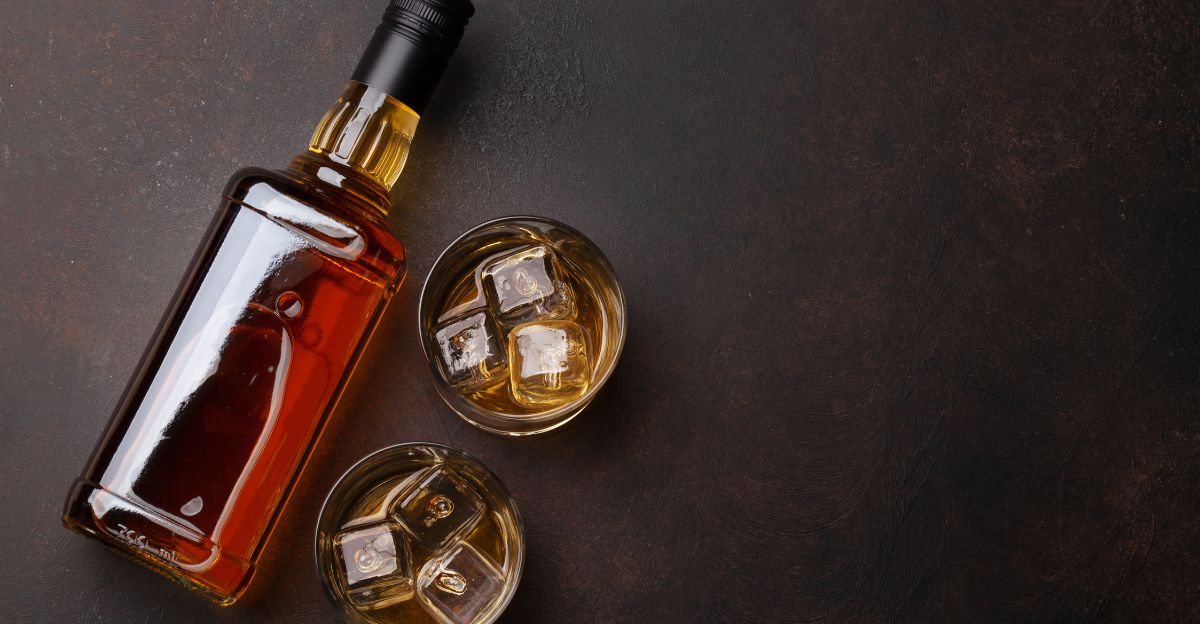
While modern American rye whiskey is still praised for its flavor, contemporary grain is used in its production when compared to the whiskey that was distilled 200 years ago.
If the Bentley rye can be brought back to life and used in whiskey making, distillers are hoping to bring a flavor profile back that hasn’t been tasted in over a hundred years. This could change the kinds of whiskeys that are available in today’s market.
Using Technology With Tradition

The project that aims to resurrect the whiskey is blending advanced technology while keeping in the spirit of tradition by using conventional crafting.
Once this process can be successfully done, then there could be broad-reaching implications on how to resurrect other crops that have been lost to time. The project showcases the ability to both preserve agricultural heritage while pushing frontiers in the food and drink sector.
Potential Economic and Agricultural Impacts
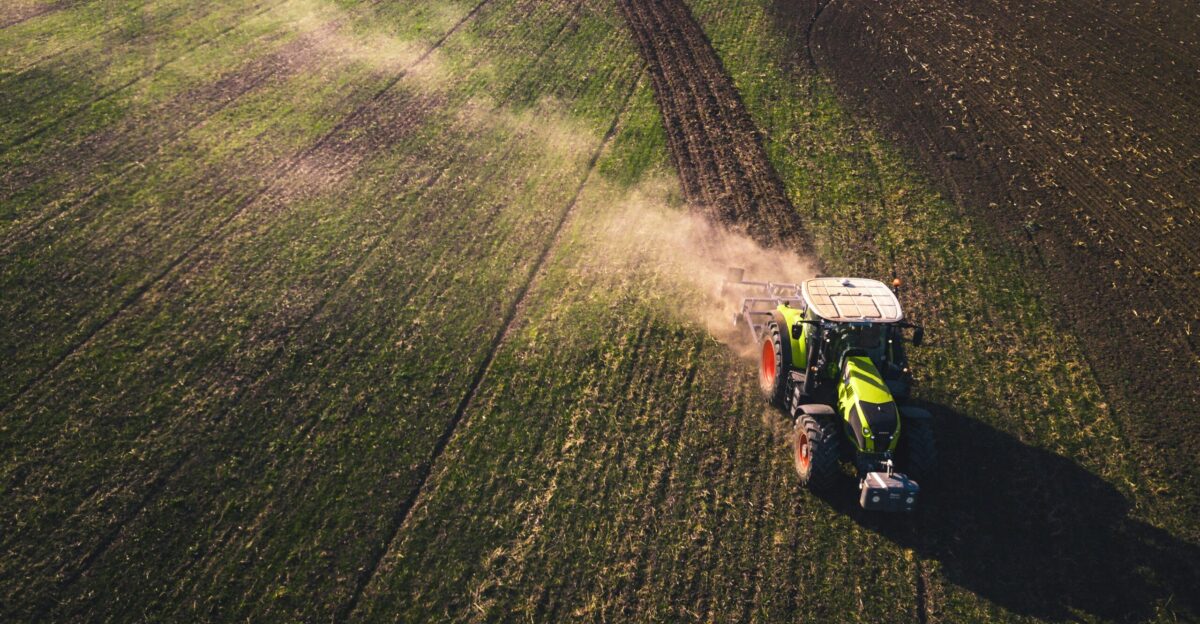
A newly distilled and bottled Bentley rye whiskey could have an impact on Michigan in a number of ways, including economic and agricultural.
The vision is that the whiskey’s unique heritage and fascinating revival could boost tourism, and by working with farmers to grow the valuable crop, the region’s whiskey industry could explode.
Challenges

While there is a lot of buzz around the potential for the whiskey, there are those who believe that the Bentley rye could never perfectly recreate the original.
Others worry about heritage crops being used in mass for commercial use and lowering the overall genetic diversity if one dominates. Researchers need to look closely at the history and ecology of the crop and treat it respectfully.
The Future of Whiskey

While many see the project behind the Bentley rye revival as avid whiskey drinkers looking to indulge in a lost drink, it is more than that. The efforts to bring back the crop are an experiment in genetic archaeology and cultural revival.
Whether or not the new whiskey that emerges will change the industry or quickly become yesterday’s news remains to be seen. Either way, the journey of the Bentley rye is a story in history, science, and passion.



